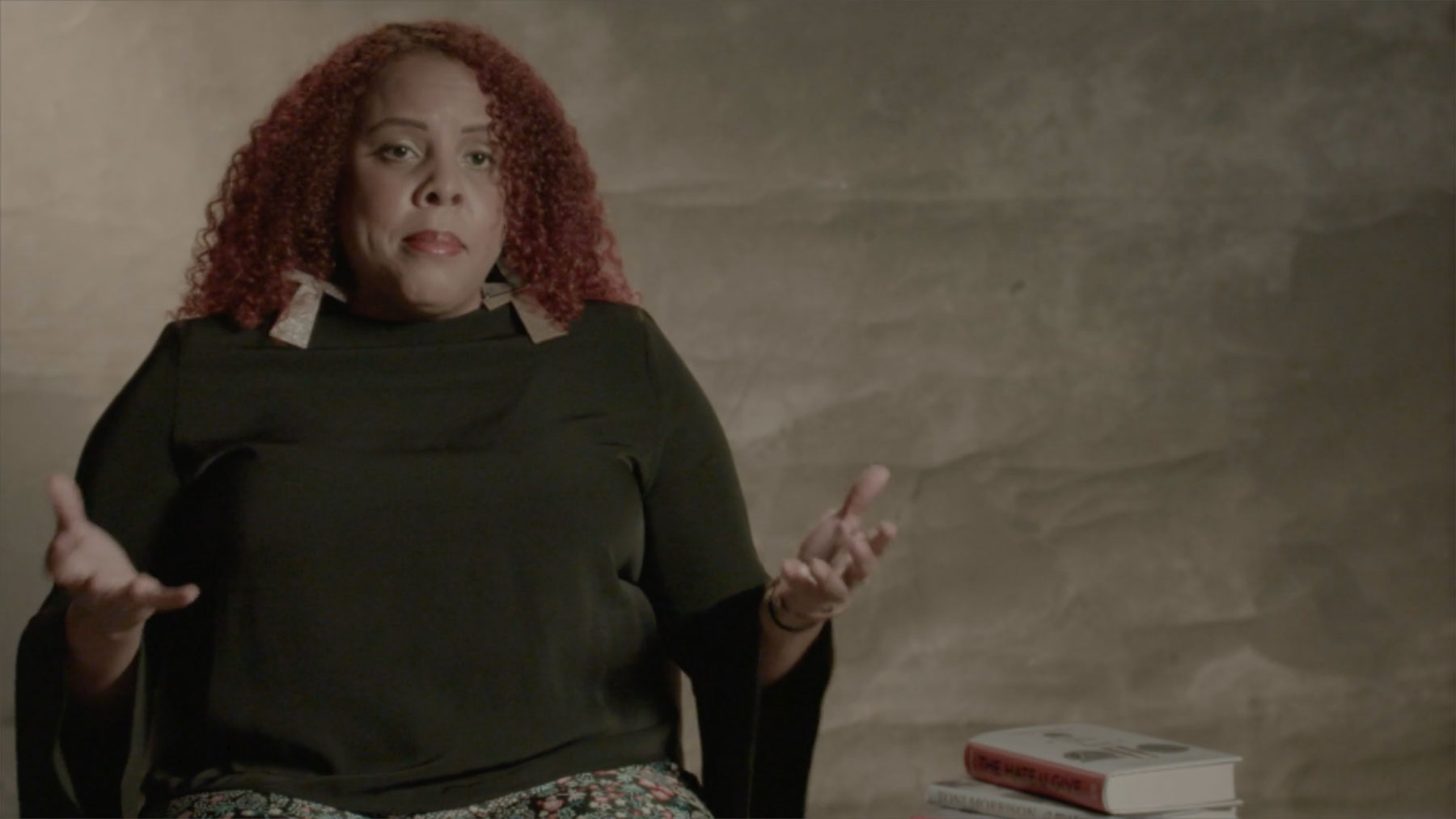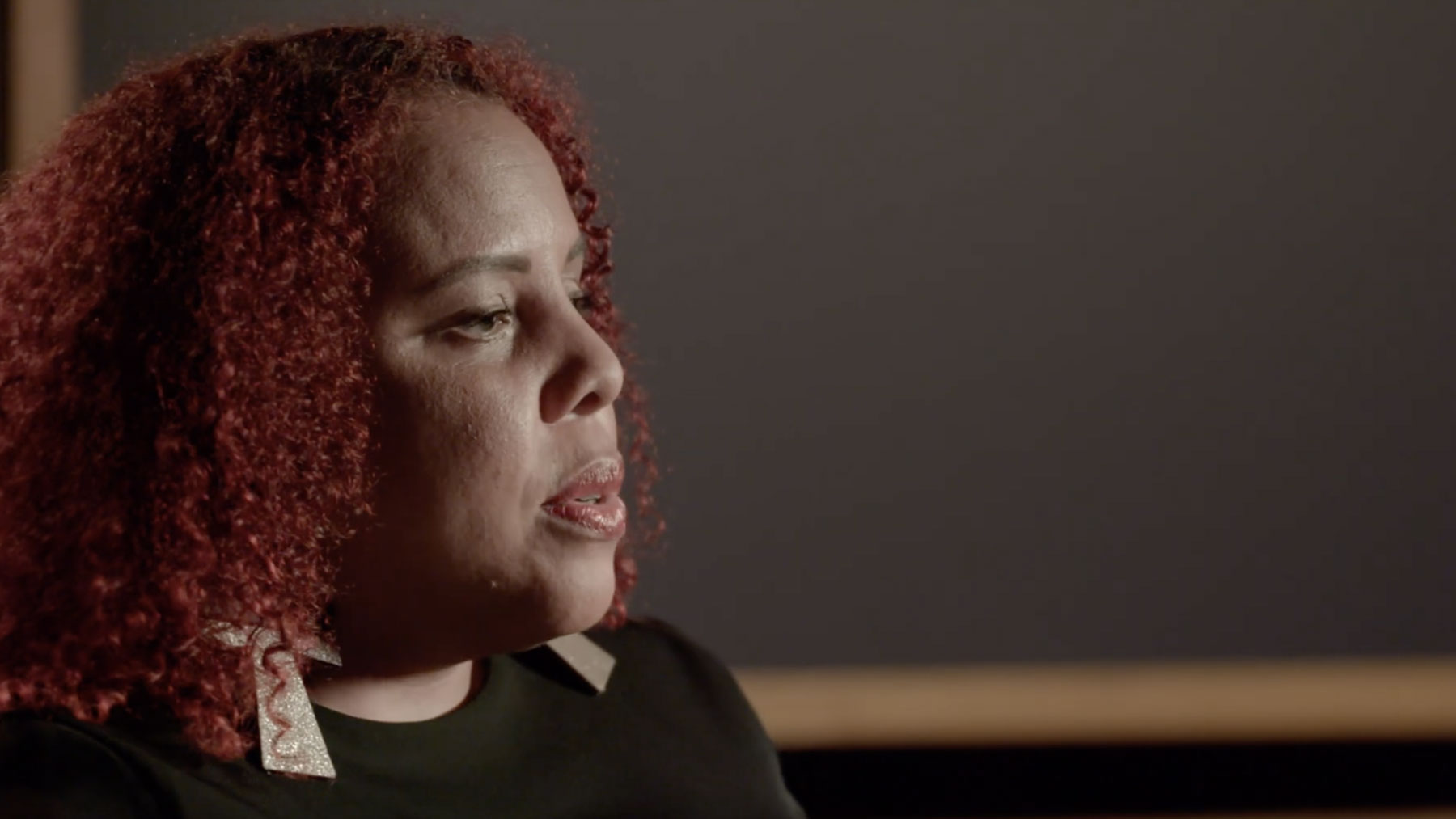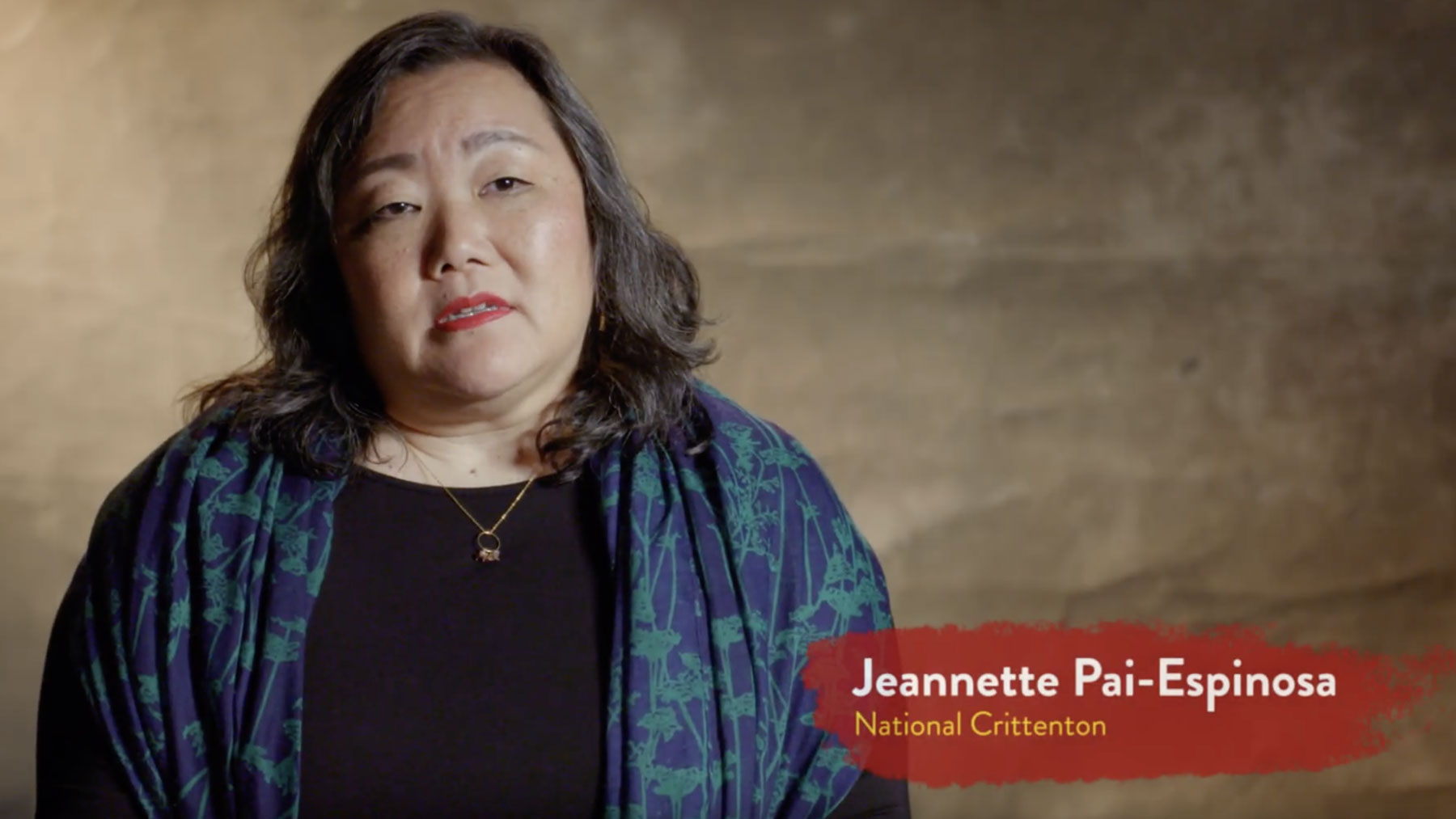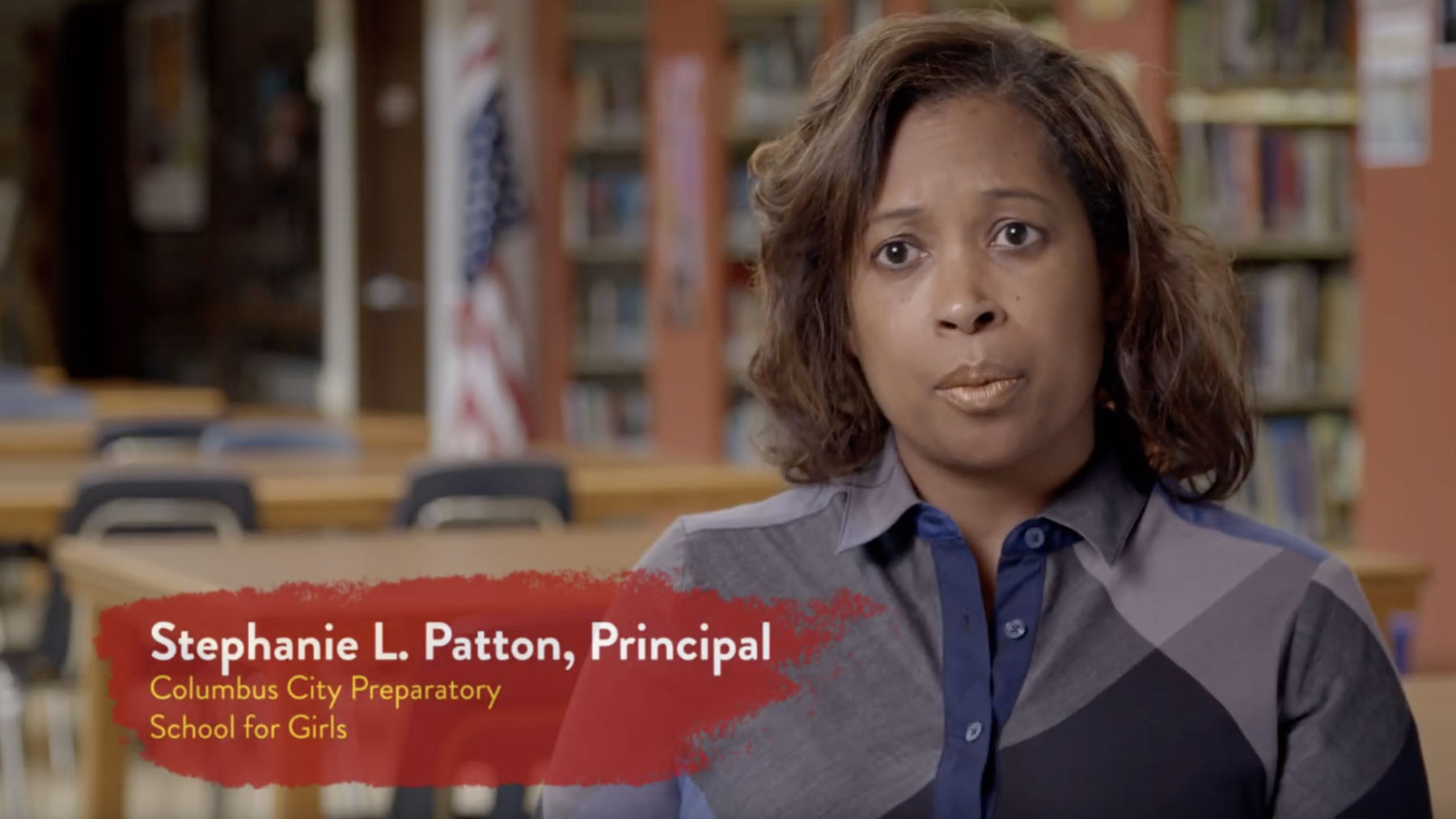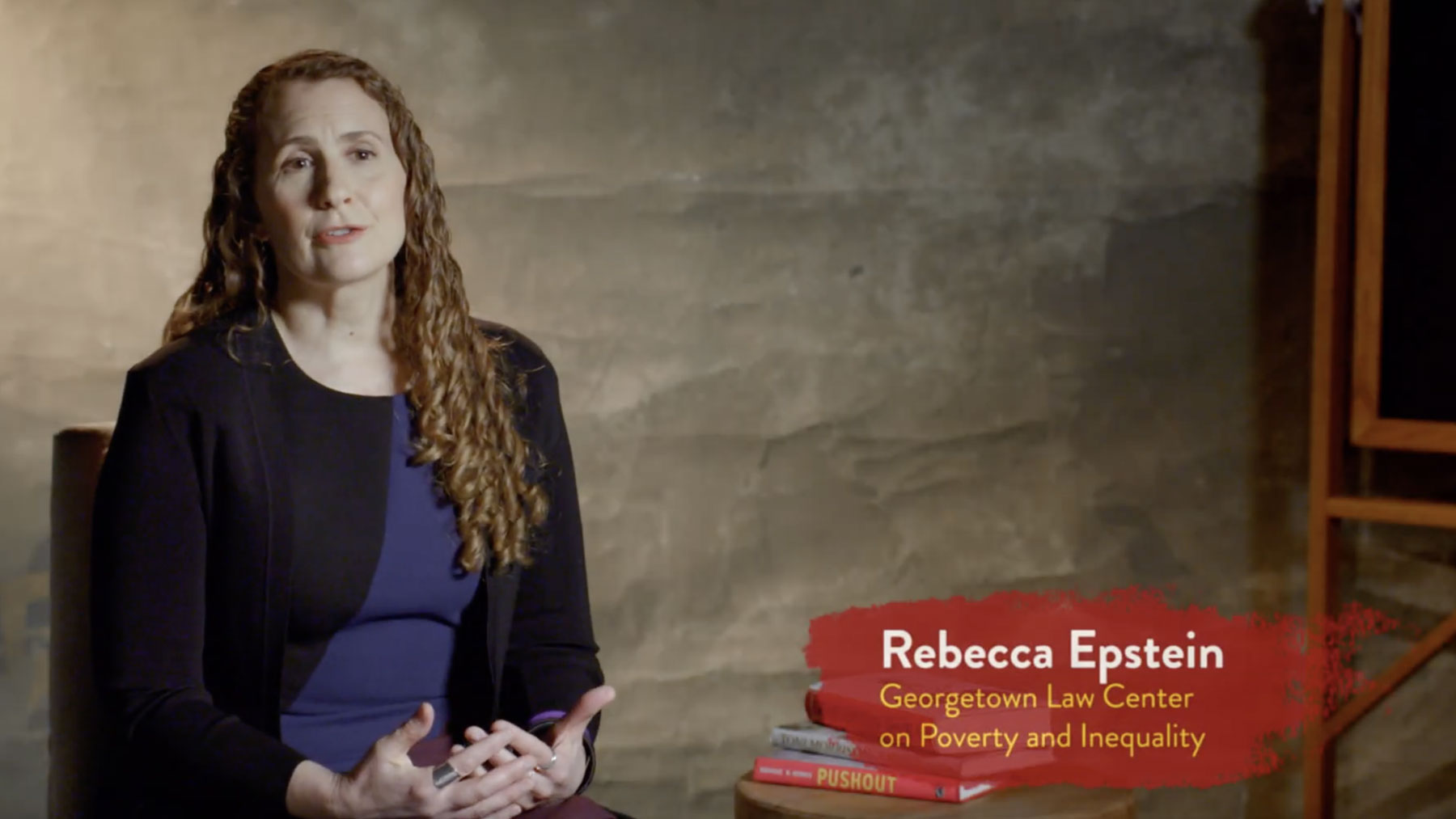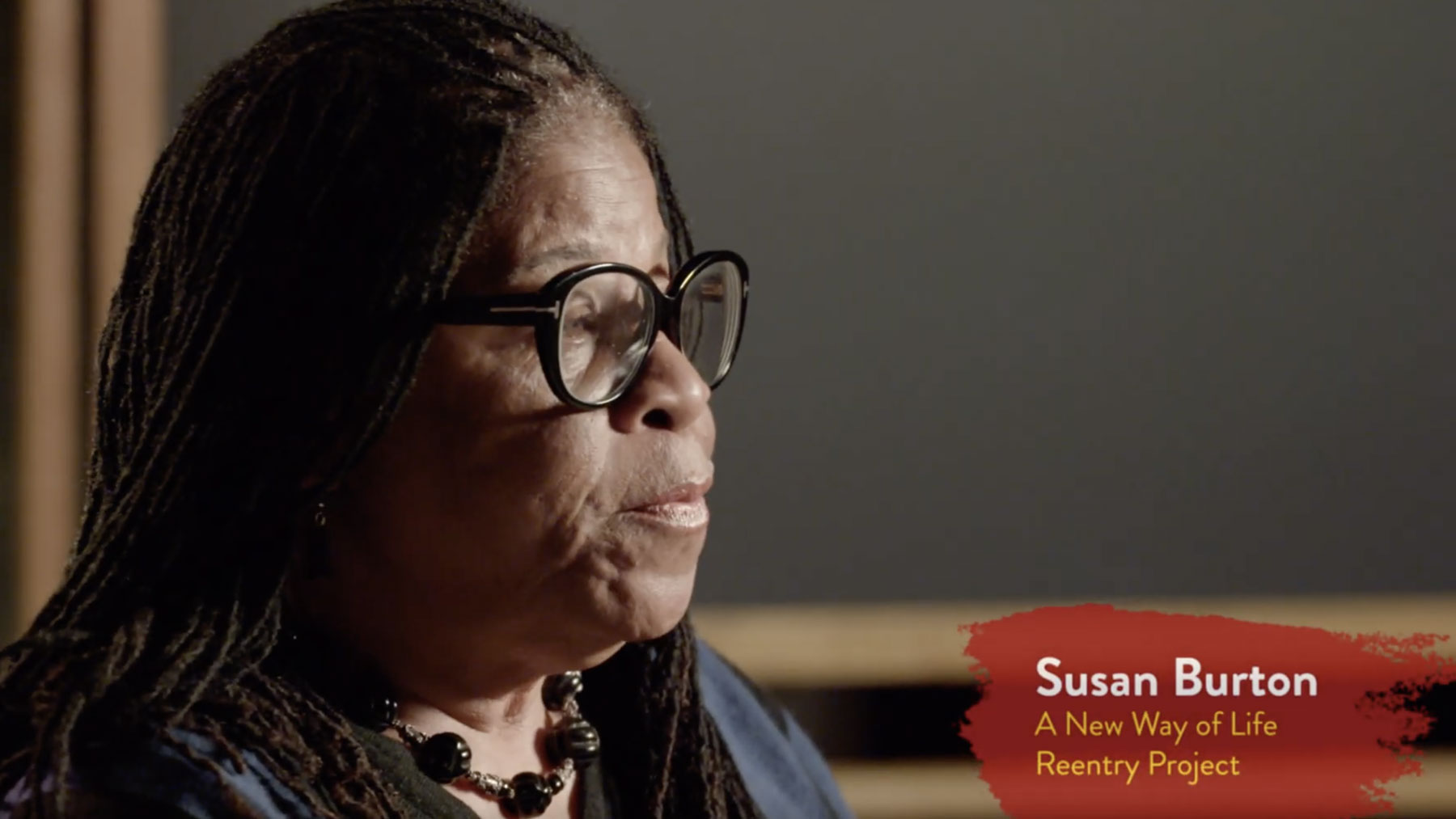
Learning Module 1
Trans and Non-Binary Youth
Misconceptions and misunderstandings at school about sex, sexual orientation, and gender identity leave students needing support. In this scene from the documentary PUSHOUT, Joanne Smith, Founder and Executive Director of Girls for Gender Equity discusses life in schools for girls, cis-gender and non-binary youth ages 12 -24. She explains how students need support, but are instead met with bullying from peers, teachers, and administrators leaving them disconnected and discouraged. Girls, trans youth, youth with different gender identities, and sexual orientations are impacted the most by sexual harassment. This can normalize the abuse according to “The Schools Deserve,” a study by Girls for Gender Equity. The study also revealed that students struggled to identify sexual harassment because there were not enough resources for them. The existing policies hurt the students who came forward about the sexual harassment they had experienced, which facilitated a path toward school avoidance, suspensions and expulsions.
Learn more: Girls for Gender Equity and Policy Agenda
Learning Module 2
Initiatives for Trans and Non-Binary Youth
One townhall hearing is all it took to open dialogue and further a vital initiative and partnership between philanthropy, government, and community in regards to trans and non-binary youths, said Joanne Smith, Founder and Executive Director of Girls for Gender Equity. In this scene from PUSHOUT, the documentary, Smith describes how the different experiences of cis-gender, and transgender girls of color inform The Young Women’s Initiative in New York City. The initiative was started to provide resources for cis-and-trans gender girls, and non-binary youth ages 12-24. They discovered through research that they were alienating trans youth who did not see their experiences being reflected, nor did they feel like they could speak up. The Young Women’s Initiative created a space where all experiences could be reflected and respected.
Learn more: Girls for Gender Equity and Policy Agenda
Learning Module 3
Adverse Childhood Experiences
Adverse Childhood Experiences (ACEs) are a collection of childhood traumas that can negatively impact the physical and emotional development of people into adulthood. This clip describes how agencies are using the ACEs survey to measure childhood trauma and use that information in the development of healing-informed programming and interventions to support healthy youth. Leading practitioner, Jeannette Pai-Espinosa, President of National Crittenton, explains how the ACE score captures abuse, neglect, and family dysfunction and how this tool creates a common point of comparison for policymakers and practitioners. She also described how the ACEs survey serves as a tool of empowerment for young girls and women. Additionally, film writer and executive producer, Monique W. Morris, discusses her personal interaction with ACEs.
Learn more:The Adverse Childhood Experiences (ACES) Survey Toolkit for Providers
Learning Module 4
Reducing Punishment : Practical Tools
Columbus City Preparatory School for Girls is changing the rules to help their students better understand themselves and their behaviors in relation to school discipline. Principal Stephanie L. Patton explains how by changing what is worth disciplining such as an eye roll or “attitude” and finding what is at the root of the problem, teachers and administrators can avoid relying on exclusionary discipline to restore community to the classroom. Taking the time to make individual plans for each student when they become frustrated or upset will result in changed behavior. When you give young people tools such as journaling, making a call to their trusted adult ally, parent, or even taking a short walk, they learn how to manage their emotions. Instead of taking disciplinary action such as suspension and expulsion, students learn to use problem-solving methods they can further utilize in the future.
Learn more: Unlocking Opportunity for African American Girls and Let Her Learn
Learning Module 5
The Adolescent Brain
In this scene, UC Berkeley expert Ronald Dahl, MD explains how the developing adolescent brain and puberty not only affects the child physically, but emotionally and psychologically too. Puberty changes the way the world perceives that person. Adolescents who are beginning puberty, now at earlier ages between the ages of 9-13, experience a trauma that amplifies their reactions to life. During this complicated time, they are learning how to navigate social situations, maturing physically and mentally. Allowing young people to learn from their mistakes, rather than solely process punishment, can change their experience of maturation to a positive one.
Learn more: Center for the Developing Adolescent
Learning Module 6
Adultification Bias
JamiliaBlake and Rebecca Epstein from The Center on Poverty and Inequality from Georgetown Law conducted an important study of how adultificationbias impacts Black girls. Their research found that adults perceive Black girls to be more “adult-like” than their white counterparts. Their study asked questions such as, ”Do Black girls need protection?” They found that not only did adults view Black girls as young as five as less deserving of protection and nurturing, the disparities in perception peak when girls are between the ages of 10- 14. According to the study, adults view Black girls as someone who “knows better.” Adult biases affect Black girls without them knowing it, so it is imperative that adults recognize their implicit biases so as to treat all girls equitably.
Learn more: Countering the Adultification of Black Girls and Girlhood Interrupted
Learning Module 7
Sex Trafficking/ Commercial Sexual Exploitation
Rebecca Epstein from The Center on Poverty and Inequality from Georgetown Law, and Susan Burton, founder of “A New Way of Life” Reentry Project, introduce and explain how there is a sexual abuse-to-prison pipeline where girls, disproportionately girls of color, are being criminalized for being victimized. They are survivors and should be supported instead of punished. According to an FBI report, 59 percent of juvenile prostitution arrests are Black. There is a cyclical dimension of the relationship between punitive approaches to girls in trouble and the trouble that comes when those punitive approaches force them further outside an existing institution. There is a correlation between girls being pushed out of school and girls being trafficked. What is happening in schools that result in this outcome? When she is pushed out of school, she is pushed into the streets—underground economies that leave her vulnerable to violence, incarceration, or death. Schools are places where connection and healing can facilitate community. When a girl is suspended, she loses that experience.
Learn more: Sexual Abuse to Prison Pipeline: The Girls Story and Expanding Our Frame, Deepening our Demands for Safety and Healing for Black Survivors of Sexual Violence

